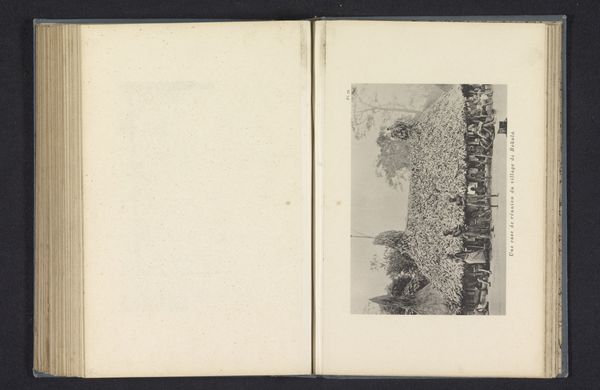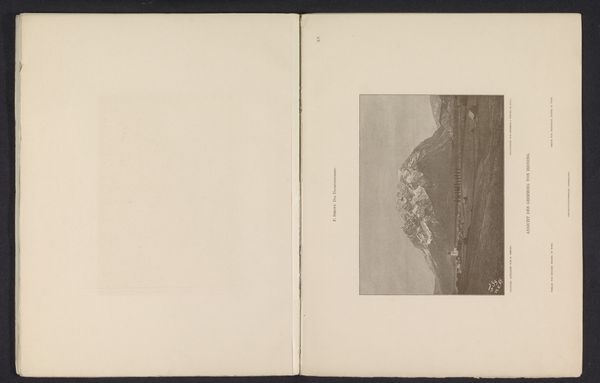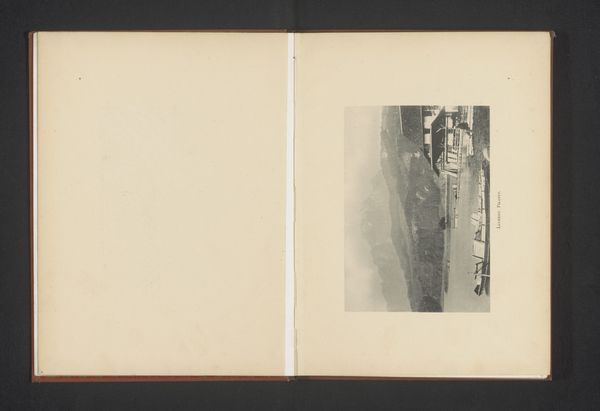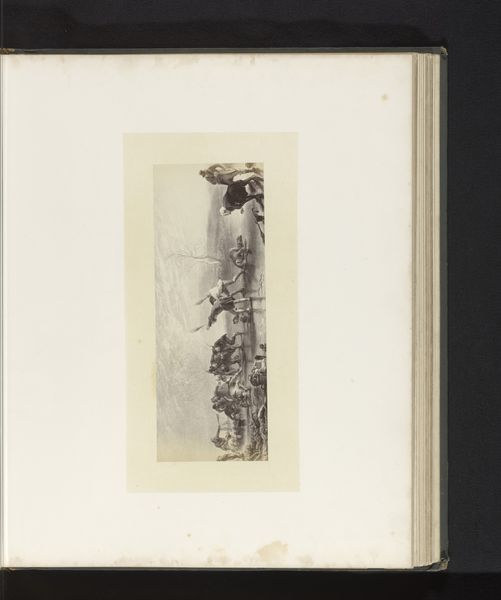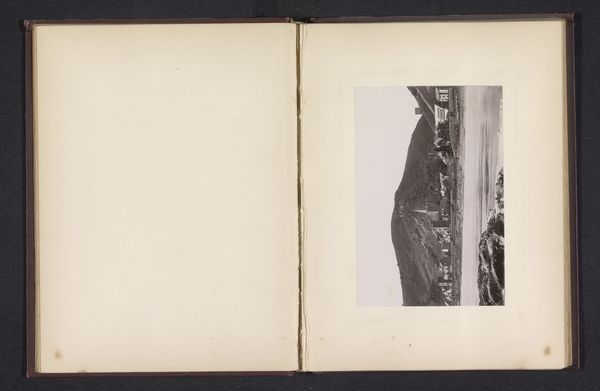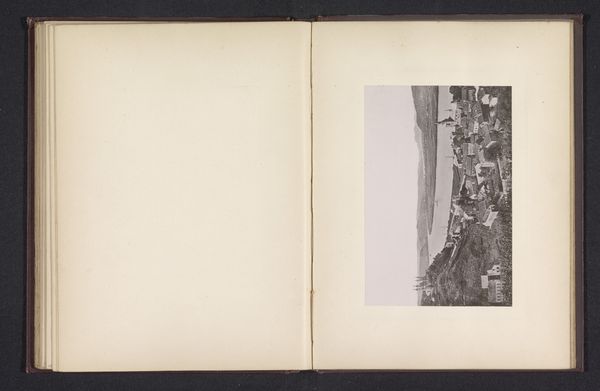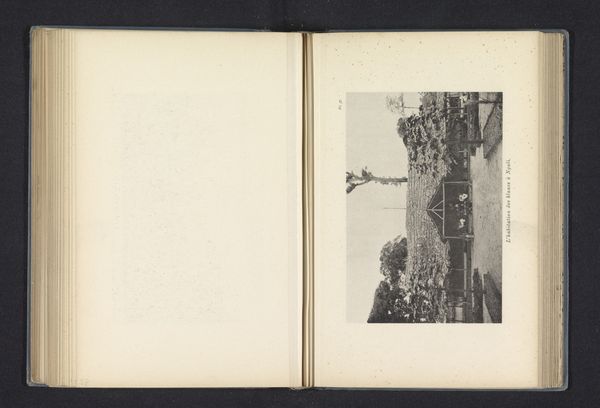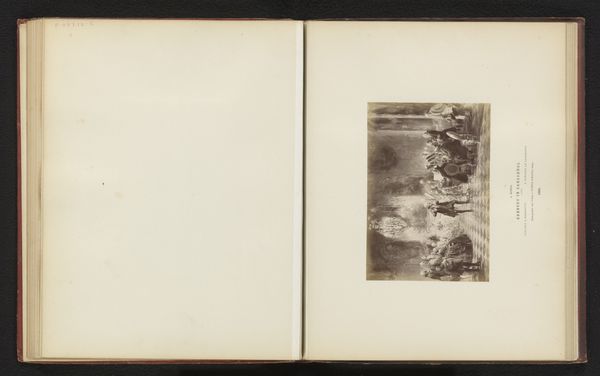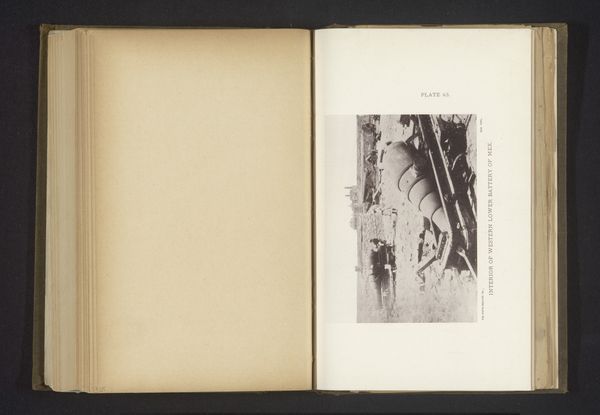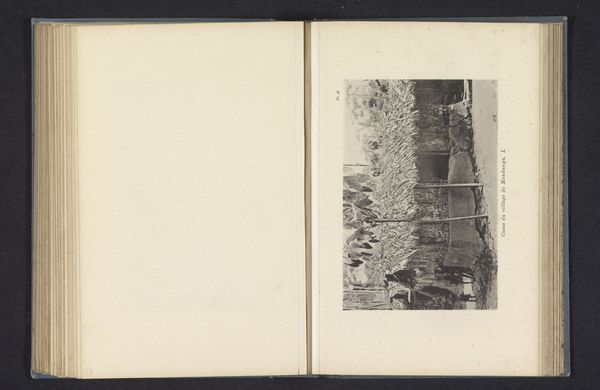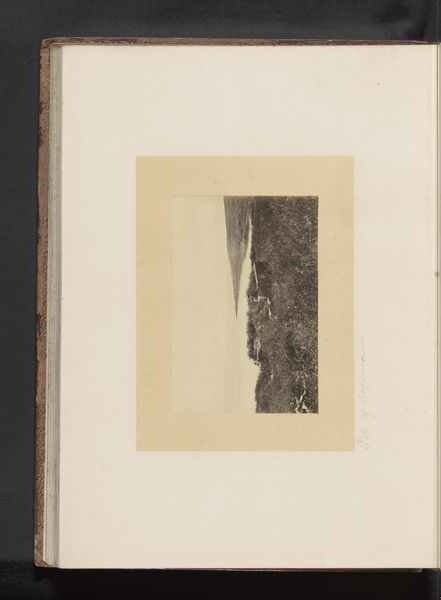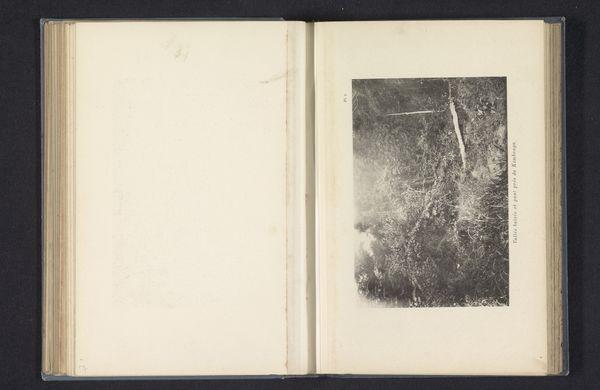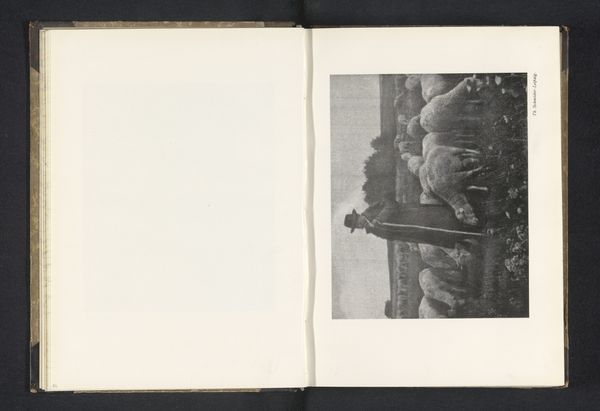
print, photography
# print
#
landscape
#
photography
#
building
Dimensions: height 91 mm, width 161 mm
Copyright: Rijks Museum: Open Domain
Editor: This is "Exterieur van het stationsgebouw te Monveda," a print from 1896 by Franz Thonner, a landscape depicting a modest train station in what appears to be a rural setting. The image feels almost… anthropological. What can you tell me about its historical context? Curator: That’s an interesting reaction. This photograph, documented in a print, allows us to look at the intersection of colonialism and technological advancement. How do you see it functioning as a document of that period, especially considering its style? Editor: I see it capturing a specific moment – the introduction of railways to perhaps a more "untouched" part of the world. The composition is very straightforward, almost clinical. Curator: Exactly! It reminds us that photography during this period was used as a tool of documentation and, quite often, as a tool of power. The 'clinical' feel suggests an attempt to catalogue and control the narrative surrounding progress. Editor: So it’s not just a picture of a train station? Curator: No. It subtly reflects the colonial gaze. Consider who would be viewing this photograph back then. It wasn't for the people *at* the station, it was *about* them for a European audience. That placement, that audience... that informs its meaning profoundly. Do you think that’s changed how you see it? Editor: Yes, absolutely! I initially just saw a simple landscape, but now I recognize it’s steeped in power dynamics and the social implications of colonialism. Curator: Precisely! It’s a reminder that even seemingly neutral images can be powerful statements. Editor: I’ll definitely look at photos from this era differently now.
Comments
No comments
Be the first to comment and join the conversation on the ultimate creative platform.
